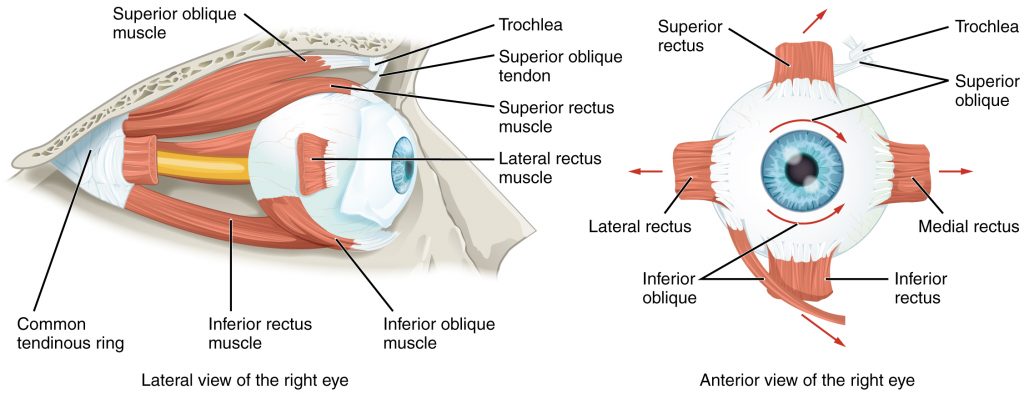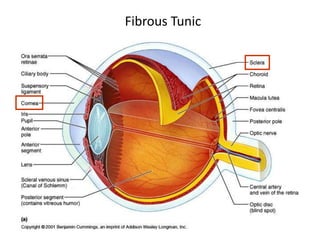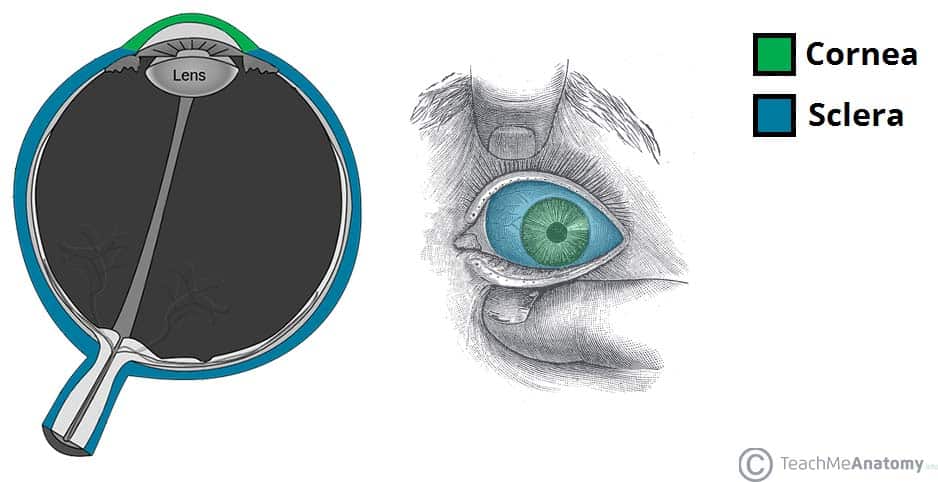The eye and the ear are two of the most important sensory organs in the human body. They allow us to perceive and interpret the world around us through sight and sound. While both the eye and the ear serve different functions, they share some similar structural features. In this essay, we will discuss the structure of the eye and the ear in detail.
The eye is a complex organ that is responsible for capturing and processing light stimuli. It is made up of several different parts, including the cornea, the iris, the pupil, the lens, the retina, and the optic nerve.
The cornea is the clear outer layer of the eye that helps to protect it and also helps to focus light as it enters the eye. The iris is the colored part of the eye that is responsible for controlling the size of the pupil, which is the small, circular opening in the center of the iris. The pupil adjusts the amount of light that enters the eye by contracting and dilating in response to changes in light intensity.
The lens is a transparent, curved structure that is located behind the pupil and is responsible for focusing light onto the retina. The retina is a thin layer of tissue at the back of the eye that contains photoreceptor cells called rods and cones. These cells are responsible for converting light into electrical signals that are sent to the brain via the optic nerve.
The ear is another important sensory organ that is responsible for the perception of sound. It is made up of three main parts: the outer ear, the middle ear, and the inner ear.
The outer ear consists of the pinna (the visible part of the ear) and the ear canal. The pinna is the external part of the ear that is responsible for collecting and directing sound waves into the ear canal. The ear canal is a short, narrow tube that leads from the outer ear to the middle ear.
The middle ear is a small, air-filled chamber that is located behind the eardrum. It contains three tiny bones called the ossicles (the malleus, incus, and stapes). These bones amplify the sound waves that are transmitted through the ear canal and eardrum, and transmit them to the inner ear.
The inner ear is the most complex and delicate part of the ear. It is made up of the cochlea, which is responsible for converting sound waves into electrical signals, and the vestibular system, which is responsible for maintaining balance and detecting the body's position in space.
In conclusion, the eye and the ear are two important sensory organs that allow us to perceive and interpret the world around us. While they serve different functions, they share some structural similarities and are both essential for our daily lives.







